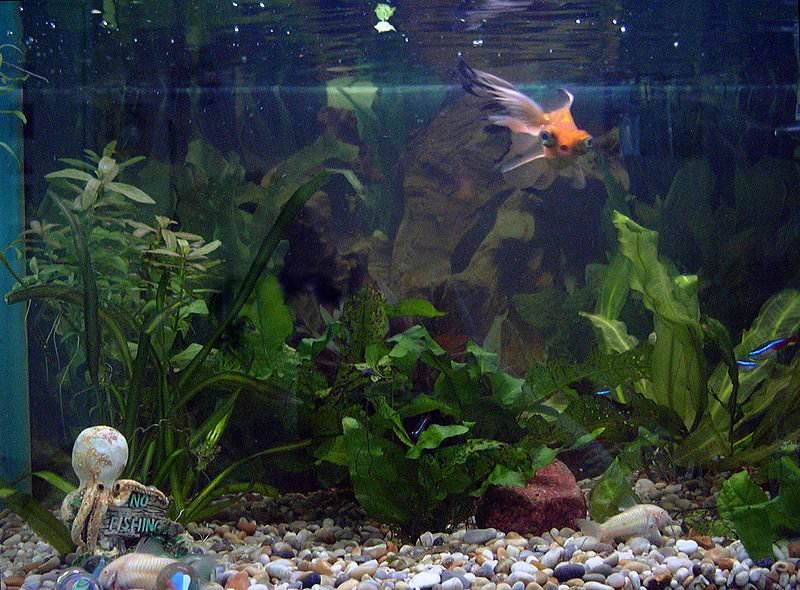I recently blogged on some tips and techniques for moving an aquarium, but what if you just want a larger tank? This was a question asked after that blog was posted. Some people start with a small tank for “simplicity” and get hooked enough to want to expand. Others want to switch the type of livestock they are keeping or have fish that have outgrown their existing tank. No matter your reason, many of the considerations and techniques that go into moving an aquarium apply to upgrading as well.
The “easiest” upgrade scenario would obviously be one in which the new tank is being set up in any location OTHER than where the existing tank already stands and has all new “stuff” in it (meaning substrate, rockwork, decoration, filter, etc.); you can be a bit more leisurely with this switch. On the other end of the upgrade-spectrum, you may be putting the new tank in the same place as the old one with some of the same substrate, decorations and equipment and will need to be more expedient with the transfer. Read More »
 That Fish Blog – Aquarium Advice and Information
That Fish Blog – Aquarium Advice and Information



